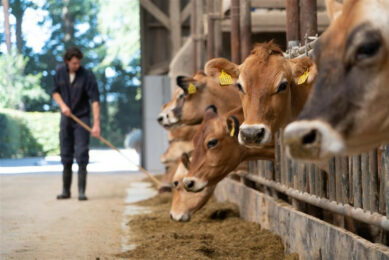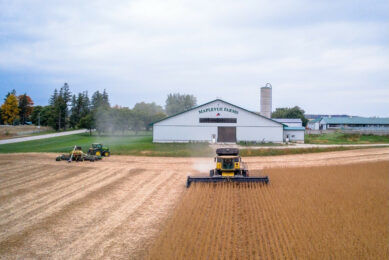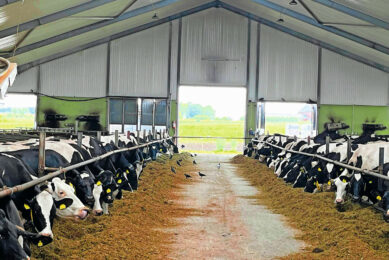Danish dairy farmer uses only locally-grown protein
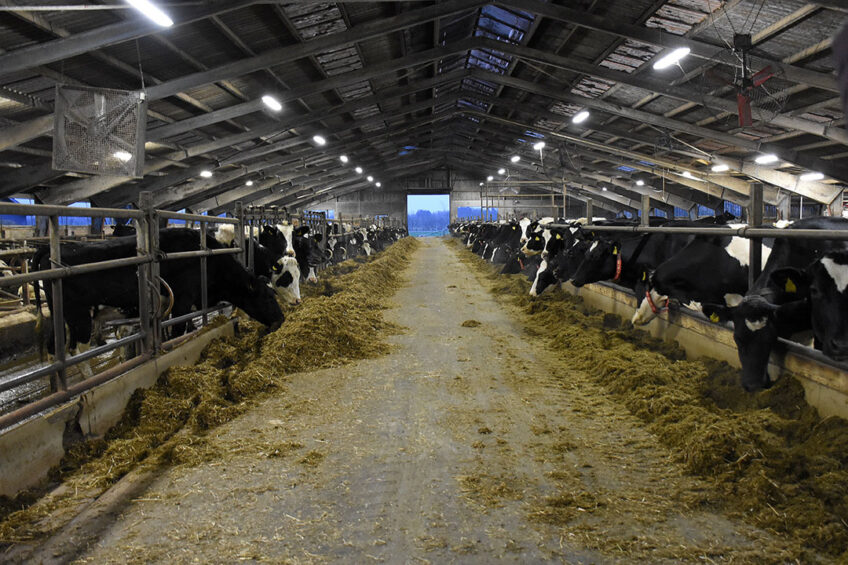
A dream comes true as young Danish farmer, Jesper Toft Bitsch, buys his own dairy unit. Instead of imported soybeans, the farmer uses only locally-grown proteins in the diet of his cows.
Having worked on and managed a number of dairy farms after completing his education, it was always Danish farmer Jesper Toft Bitsch’s dream to one day own his own unit milking his own cows. However, the road to that goal is never easy for young farmers like Jesper trying to get into the dairy industry, with hurdles such as finance and farm availability always in the way.
Jesper trained as a farmer at the Agroskolen and Bygholm Agricultural School in 2012 and, the very next year, took a job as the feeding manager on a farm with 500 cows. From 2014 to 2016, he was the feeding manager at another farm with 340 cows and went on to become a qualified agricultural economist from Vejlby College. By 2018 his aspirations of running his own farm fell into place as a 150 hectares unit came up for sale at Aulum, which he was successful in buying.
“That was the start of my journey being my own boss as a dairy farmer,” said Jesper. “Armed with a detailed business plan I was able to secure enough funding to purchase the farm and start to change things around on the original dairy system,” he said.
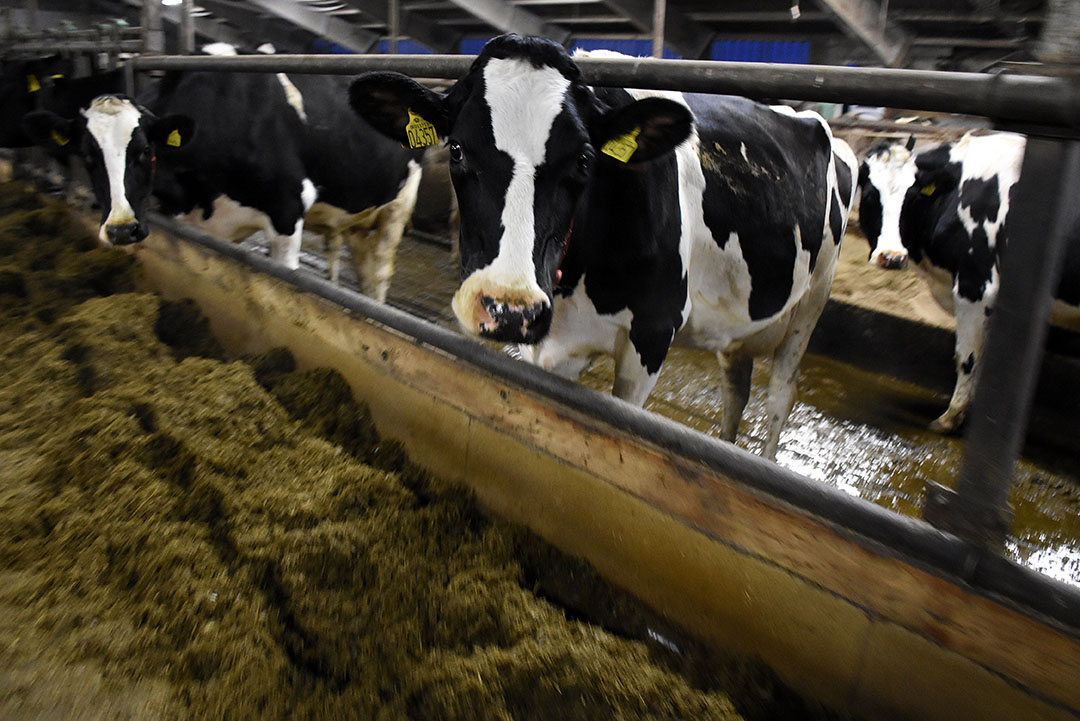
Converting to an organic farm
One of the biggest changes Jesper made was converting the farm to organic status in the hope of achieving higher milk prices. The price he receives currently is €0.58 per litre.
Jesper started with 160 cows and, in 2020, built a new barn to accommodate more stock. Since then, he has increased cow numbers to 220 yielding 12,200 kg per cow. The barn also has space for dry cows and calving pens.
The new barn was built almost perpendicular to the original barn, which today houses the younger cows. There are 3 Lely Astronaut A5 milking robots installed – 2 in the old barn and 1 in the new one – each milking 65 cows.
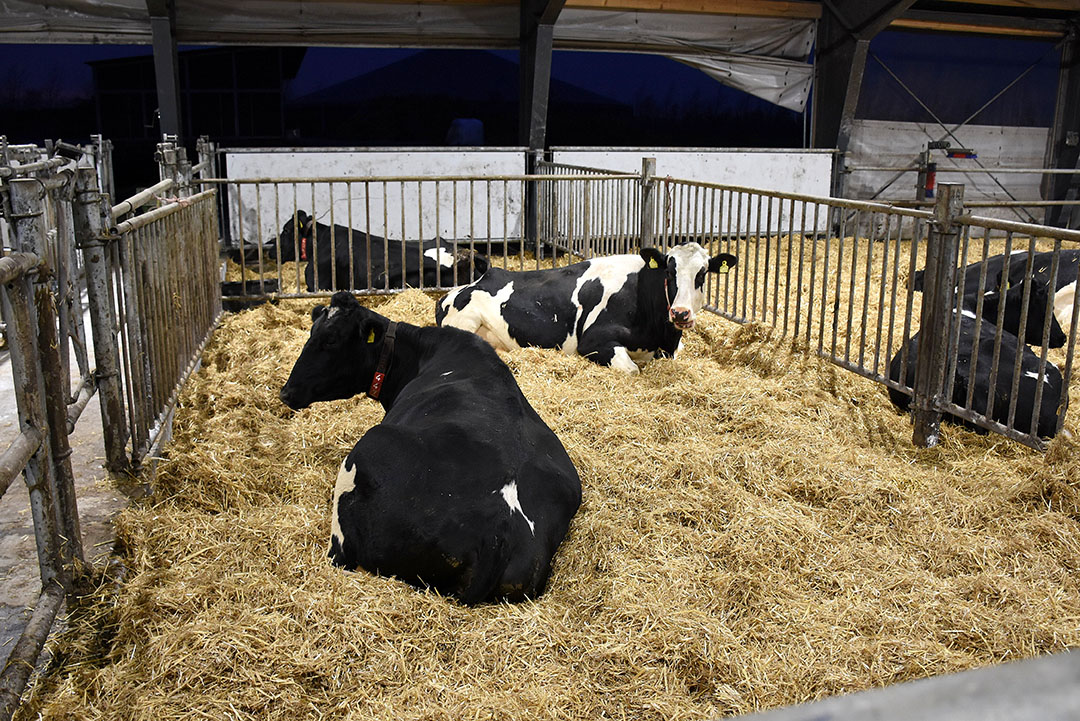
Jesper said: “I am budgeting for 60 milking cows per robot, but they can easily handle 65, so we have slightly increased the number of cows. The output is 12,200 kgs per cow, and the cell count is 128,000.
“The new barn cost 3.2 million Danish Krone (€429,000) to build and contains 112 cubicles plus a section for calving pens and sick bays. All the cubicles are bedded with sand as we find it keeps the beds much drier. I was very familiar with using sand on the other farms I worked on. Therefore, it was an easy decision to use it on my farm as well,” said Jesper.
Only locally-grown protein
The composition of the feed for the cows is quite important to Jesper as he strives to use only locally-grown protein, cutting down the emissions associated with shipping soybeans in from overseas.
“We do not use soybeans as they are usually imported from overseas, and it is not always clear if they are grown in a sustainable way. Our milk is supplied to the dairy company Thiese, who some years ago decided that their producers should stop using soybeans in the feed. Instead, we use locally-grown grass, field beans, canola and lupine in our rations. They do not fit in very well in a crop rotation for milk producers who grow a lot of clover grass and maize, but it is easily grown by neighbours and is therefore not transported over long distances,” Jesper said.
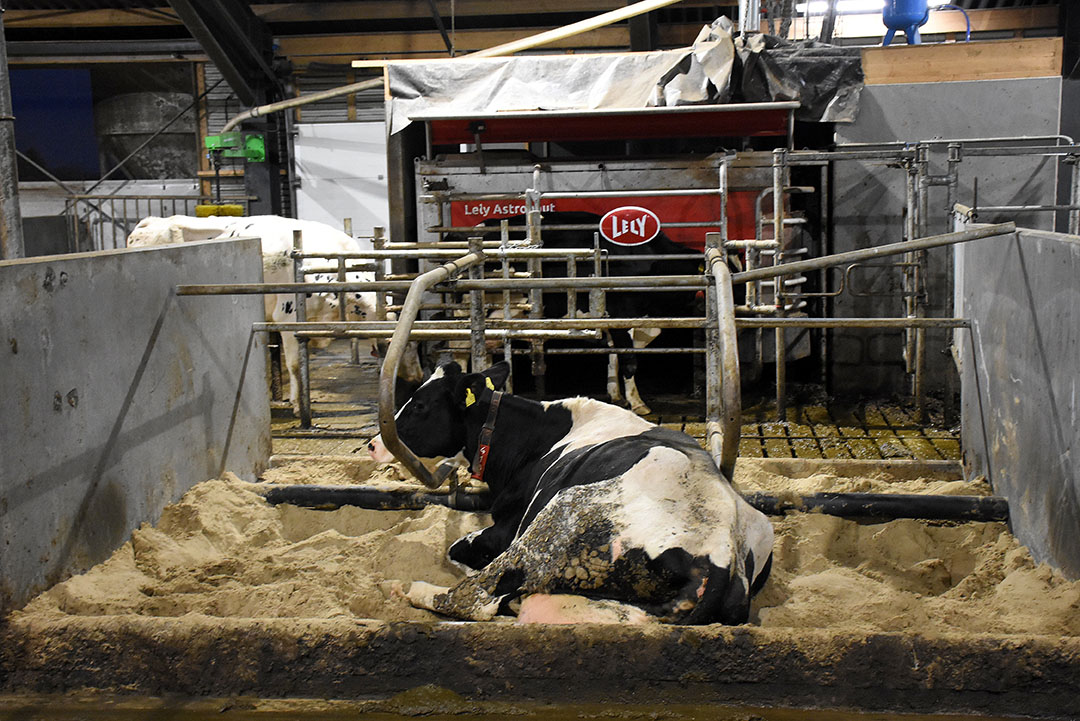
Phasing out the use of soybeans
“The organic milk producers have been moving ahead with the phasing out of soybeans, but now also conventional producers are beginning to do so.
“Danish dairy companies no longer accept GMO soybeans, and non-GMO soybeans are very expensive. Therefore, they try to replace soybeans with other protein crops,” he said.
Reducing the level of protein in the diet
One of the other feed goals that Jesper strives to achieve in his ration is to use less than 17% protein. Danish milk producers voluntarily agreed to reduce the level of protein in TMR to a maximum of 17%, 3 years ago. At that time, around 50% of producers used over that level.
Jesper added: “The agreement was put in place to prevent public regulation. The goal is to reduce overall ammonia emissions. With this exercise, cattle farming can contribute 500 tonnes of ammonia out of the 7,000 tonnes Denmark is behind in relation to EU requirements. The good thing is that the maximum economic level is 16%, so farmers will generally not lose money reducing to below 17%,” he said.
Join 13,000+ subscribers
Subscribe to our newsletter to stay updated about all the need-to-know content in the dairy sector, two times a week.




